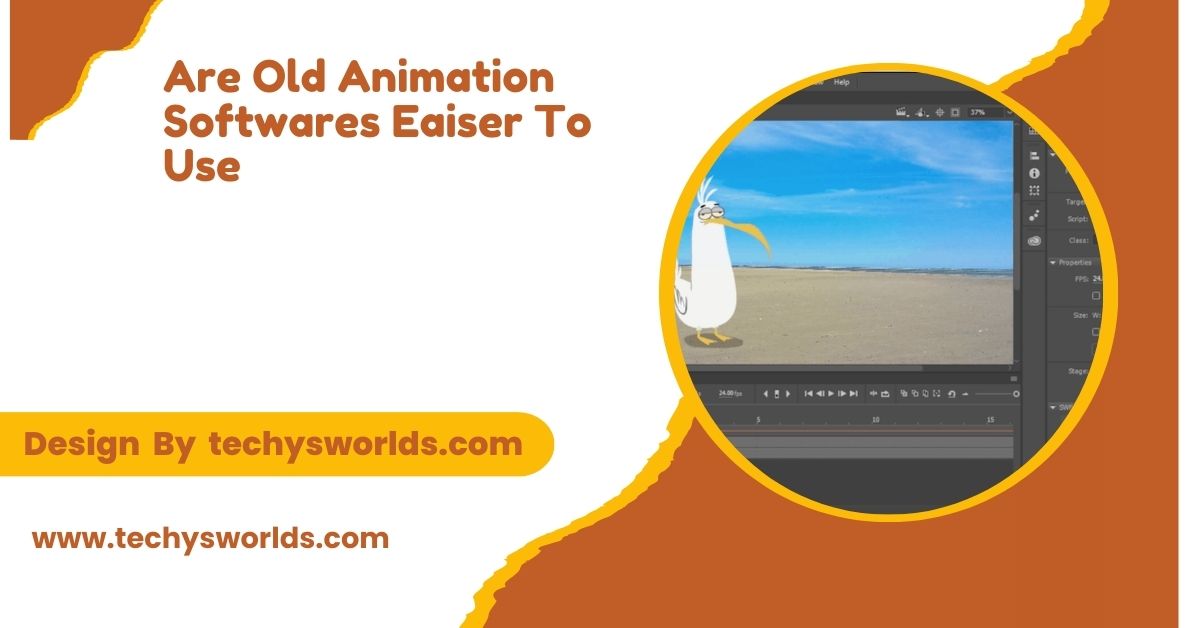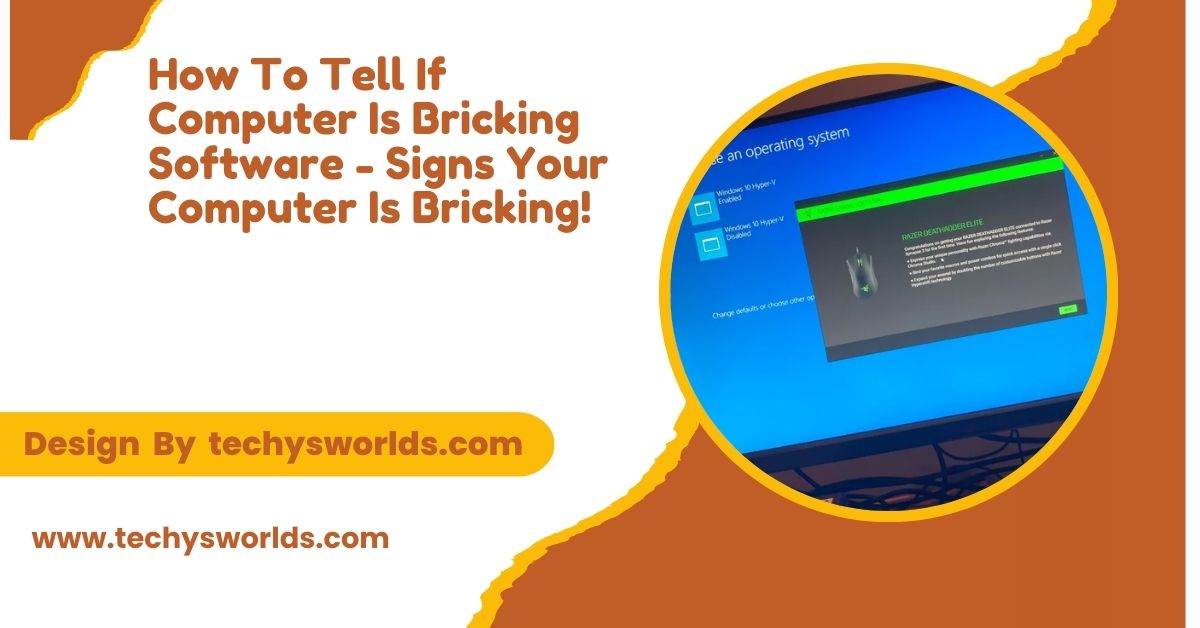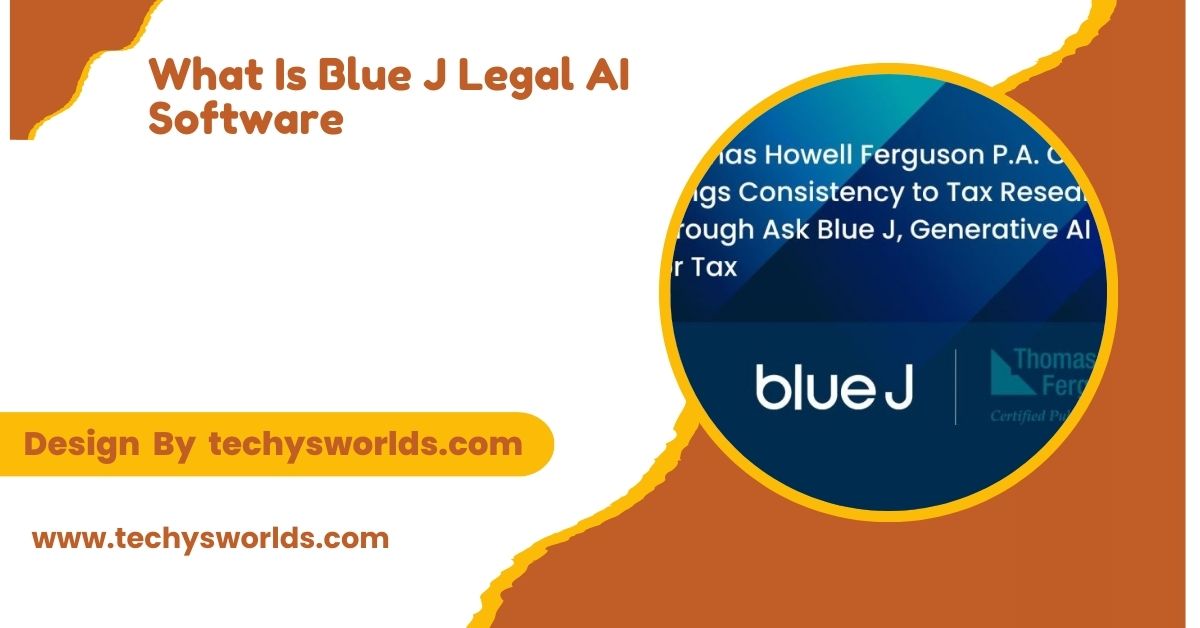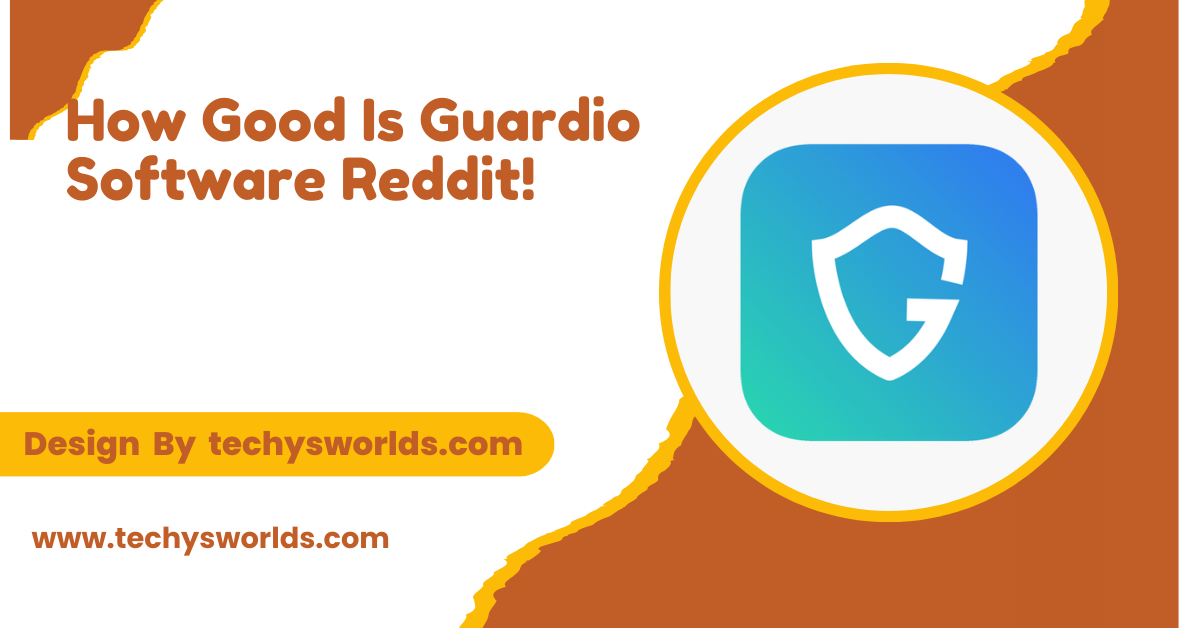Old animation software refers to programs that were popular in the early days of digital animation, such as Macromedia Flash, Adobe Director, or Anime Studio. These tools were often simpler, offering basic features for creating 2D or early 3D animations.
“Older animation software is often simpler to use due to fewer features and a straightforward interface, making it ideal for beginners. However, they may lack the advanced tools necessary for complex projects”.
In this Article, We will discuss ”Are Old Animation Softwares Eaiser To Use”
Old 3D Animation Software:
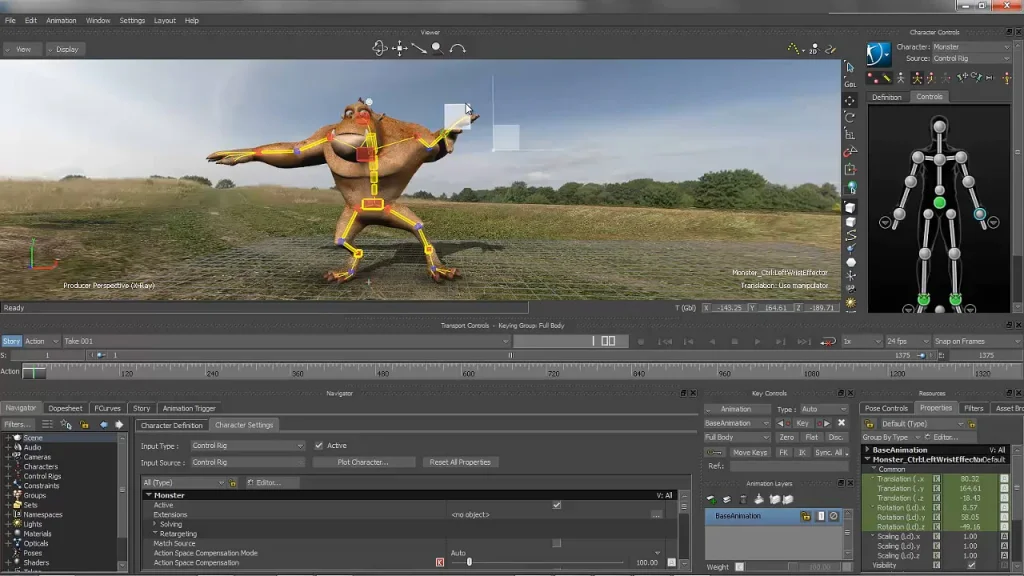
Old 3D animation software played a crucial role in the development of digital animation, offering tools and features that laid the foundation for modern techniques.
Programs like Autodesk 3ds Max, Lightwave 3D, and Softimage XSI were widely used in the 1990s and early 2000s for creating 3D models, animation, and rendering. While these older programs lacked some of the advanced features available today, they were essential for producing high-quality animations for film, television, and video games. Many of these tools helped animators push the boundaries of what was possible with early 3D graphics, influencing the evolution of the industry.
2D Animation Software:
Also Read: Brother Printer Software – A Comprehensive Guide!
2D animation software enables the creation of flat, two-dimensional animations. Popular tools like Adobe Animate, Toon Boom Harmony, and OpenToonz offer features like frame-by-frame animation and vector drawing. These programs help animators produce smooth motion for various media, from cartoons to web series. Some focus on traditional methods, while others use digital workflows for faster production. They play a key role in modern animation creation.
What Is Considered Old Animation Software?
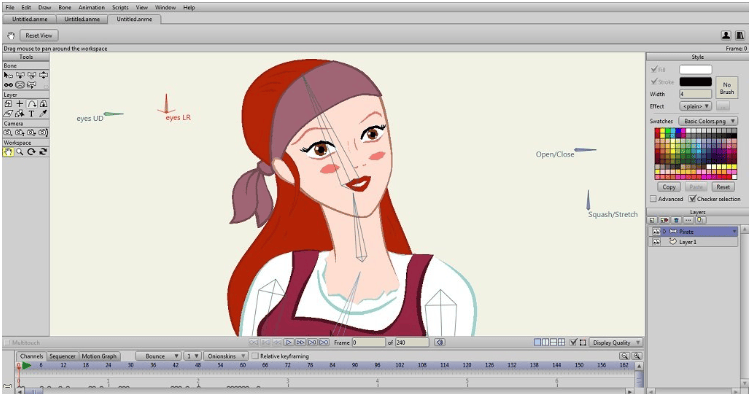
When we refer to “old animation software,” we are generally talking about programs that were prominent from the 1990s to early 2000s. These programs laid the groundwork for modern animation tools, offering basic yet powerful functionalities. Some examples include:
Toon Boom Studio:
Known for its simplicity, Toon Boom Studio was popular for creating 2D animations with a hand-drawn look, making it accessible to both professionals and beginners. Its user-friendly interface made it a favorite among animators of varying skill levels.
Macromedia Flash:
Once the go-to for web-based animations, it was widely used for creating interactive content and 2D animations. It became a pioneer in vector-based animation and interactive design, revolutionizing how animations were integrated into websites.
Also Read: Are There More High level Embedded Software Engineer Career Paths – Comprehensive Guide!
Autodesk Animator:
A staple in the early days of computer-based animation, focusing primarily on 2D animations and offering a range of tools for creating simple yet effective animations. It also allowed users to experiment with frame-by-frame animation techniques.
Adobe Director:
A multimedia authoring tool that allowed users to create animations and interactive games, gaining popularity for its versatility in animation and gaming design. It was also widely used for creating educational software.
These tools were often limited in scope but offered a straightforward approach to animation, particularly for beginners and casual users.
Key Advantages of Old Animation Software:
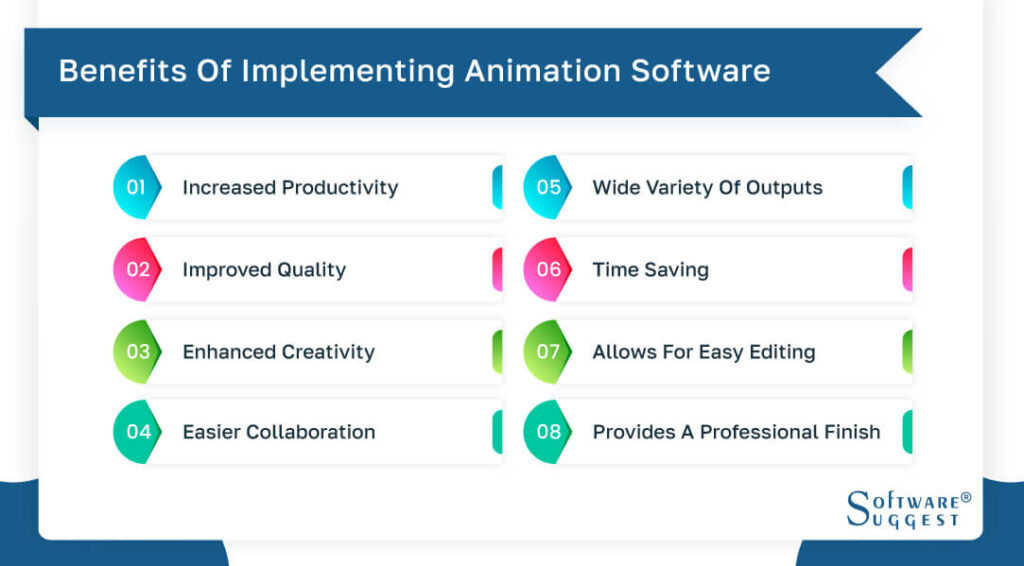
While modern animation software is incredibly powerful, older software has its own set of advantages, especially for newcomers.
1. Simpler Interface:
Old animation software typically featured simpler, less cluttered interfaces. Because these programs were developed during a time when animation technology was still evolving, the software didn’t have to accommodate as many features. This simplicity made it easier for users to focus on basic tasks like drawing, frame-by-frame animation, and simple transitions.
For example, Macromedia Flash had a user-friendly timeline and straightforward layering system, making it easy to create short animations. New users could grasp the basic tools quickly without feeling overwhelmed.
2. Less Intensive on System Resources:
Another major benefit of older animation software is that it generally requires far less processing power and memory. These programs were designed to run on older computers, which means they can easily be installed and used on lower-end machines or older systems. This makes them accessible to users who may not have high-end hardware.
For example, Macromedia Flash and Toon Boom Studio could run smoothly on computers with limited RAM and older CPUs. This reduced the barrier to entry for many aspiring animators, as they didn’t need to invest in expensive equipment.
Also Read: What Internet Radio Software does Frontier Smart Technologies Use – A Guide!
3. Faster Learning Curve:
Because older software lacks the more advanced features found in today’s programs, learning how to use it can often be faster. The limited feature set focuses on core animation principles such as drawing, timing, and sequencing, which allows users to pick up the basics quickly. This is ideal for hobbyists, students, or those who just want to dip their toes into animation without a steep learning curve.
In contrast, modern software such as Blender or Adobe Animate comes with many advanced features like real-time rendering, 3D modeling, and complex keyframe manipulation. While these features are invaluable for professionals, they can be overwhelming for beginners.
Key Disadvantages of Old Animation Software:
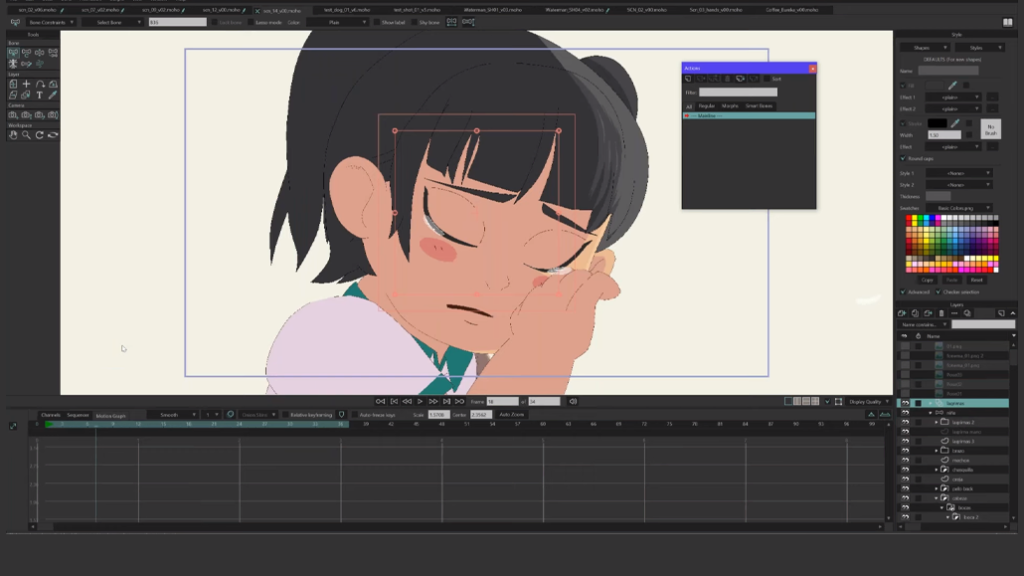
Despite the benefits, using old animation software does come with significant drawbacks, particularly for those looking to create professional or high-quality animations.
1. Limited Features:
Old animation software was designed to meet the technological standards of its time, which means it may not offer the advanced features available in modern software. Features such as real-time rendering, complex 3D animation, particle effects, and built-in scripting are absent in many older programs. This limitation makes it harder to create sophisticated animations or produce work at a professional level.
For example, early versions of Macromedia Flash could only handle basic 2D animations and lacked any advanced features for shading, 3D transformations, or detailed keyframe manipulation.
2. Outdated File Formats and Compatibility Issues:
One of the significant challenges when using old animation software is the issue of file format compatibility. Many older programs save projects in formats that are no longer widely supported by modern software or platforms. This makes it difficult to export animations to newer formats, and may even require the use of conversion tools or outdated operating systems to run the software effectively.
For instance, Macromedia Flash used the SWF file format, which is no longer supported by most web browsers as of 2020, making it harder to share or publish animations online.
3. Lack of Support and Updates:
Older animation software typically lacks ongoing updates or customer support. As technology continues to evolve, older programs are often left behind in terms of security updates, new features, or compatibility with modern operating systems. This can lead to stability issues or crashes when trying to use outdated software on new systems.
Programs like Adobe Director and Autodesk Animator no longer receive updates, meaning users who encounter bugs or compatibility problems will not have access to fixes or support.
Also Read: What is qugafaikle5.7.2 Software – Comprehensive Guide!
Old Animation Tools:
- Flipbooks, cel animation, and stop-motion were foundational tools in early animation.
- Artists created movement by hand-drawing frames, using light tables, and layering cels.
- Stop-motion required careful adjustments of physical models for each frame.
- These techniques demanded great patience and skill before digital technology transformed animation.
Comparing Old vs. Modern Animation Software:
To better understand the differences between old and modern animation software, here’s a quick comparison:
| Feature | Old Animation Software | Modern Animation Software |
|—————————–|———————————–|—————————————|
| Ease of Use | Simple, straightforward | More complex, feature-rich | Learning Curve
| Faster, easy for beginners | Steeper, more advanced features | System Requirements
| Low, runs on older machines | High, requires powerful hardware | Feature Set
| Limited, lacks advanced options | Extensive, supports 3D, effects, etc. | Support/Updates
| No longer supported/updated | Ongoing support and frequent updates | File Format Compatibility | May use outdated formats | Supports modern formats |
Is Old Animation Software Right for You?
Whether or not old animation software is easier to use depends on your goals and level of experience. If you’re just starting out and want a simple, no-fuss platform to practice basic animation techniques, older software can be an excellent choice. The straightforward interface, low system requirements, and quick learning curve make it accessible for beginners.
However, if you’re looking to create professional-grade animations or need more advanced tools, modern animation software will be more suitable. While it may take longer to learn and require better hardware, the range of features and creative possibilities is unmatched.
FAQ’s
1. Are old animation software programs easier to use than modern ones?
Yes, older animation software tends to be simpler and more straightforward, with fewer features, making it easier for beginners to learn.
2. Do old animation programs have advanced tools?
No, old animation software generally lacks advanced features like 3D rendering and complex effects that are common in modern software.
3. Can old animation software run on modern computers?
While some old programs may still run on modern systems, they often require emulation or special compatibility settings.
4. Are there still updates available for old animation software?
Most old animation software is no longer supported or updated, which may pose security and functionality issues.
5. What are the key benefits of using old animation software?
The main benefits include a faster learning curve and lower system requirements, making them ideal for simple projects or older computers.
Conclusion
Older animation software is often easier to use due to its simplicity and fewer features, which can be advantageous for beginners or those seeking straightforward tools. However, this simplicity comes at the cost of advanced functionalities found in modern software. Ultimately, the choice depends on the user’s needs for complexity versus ease of use.
